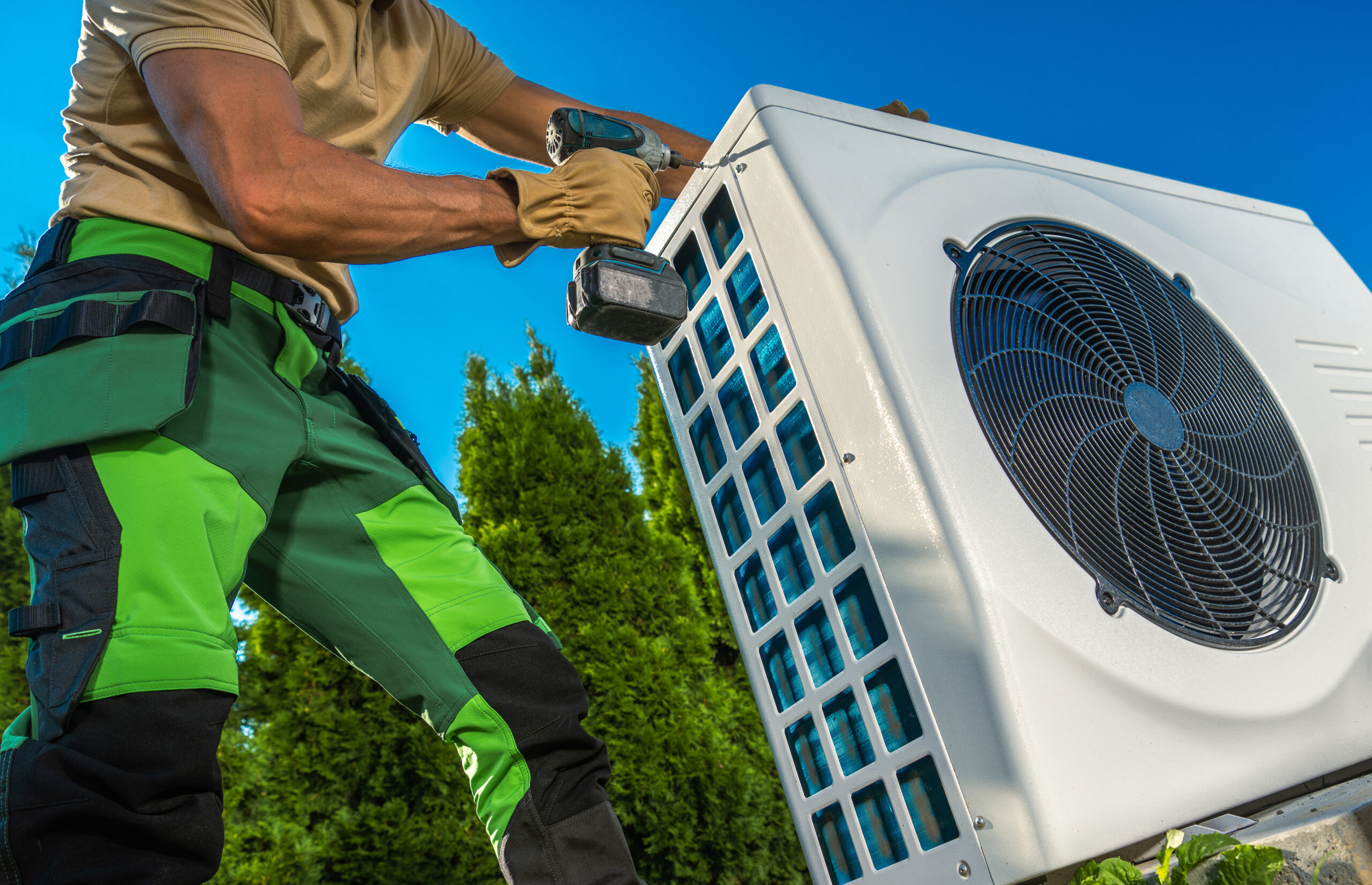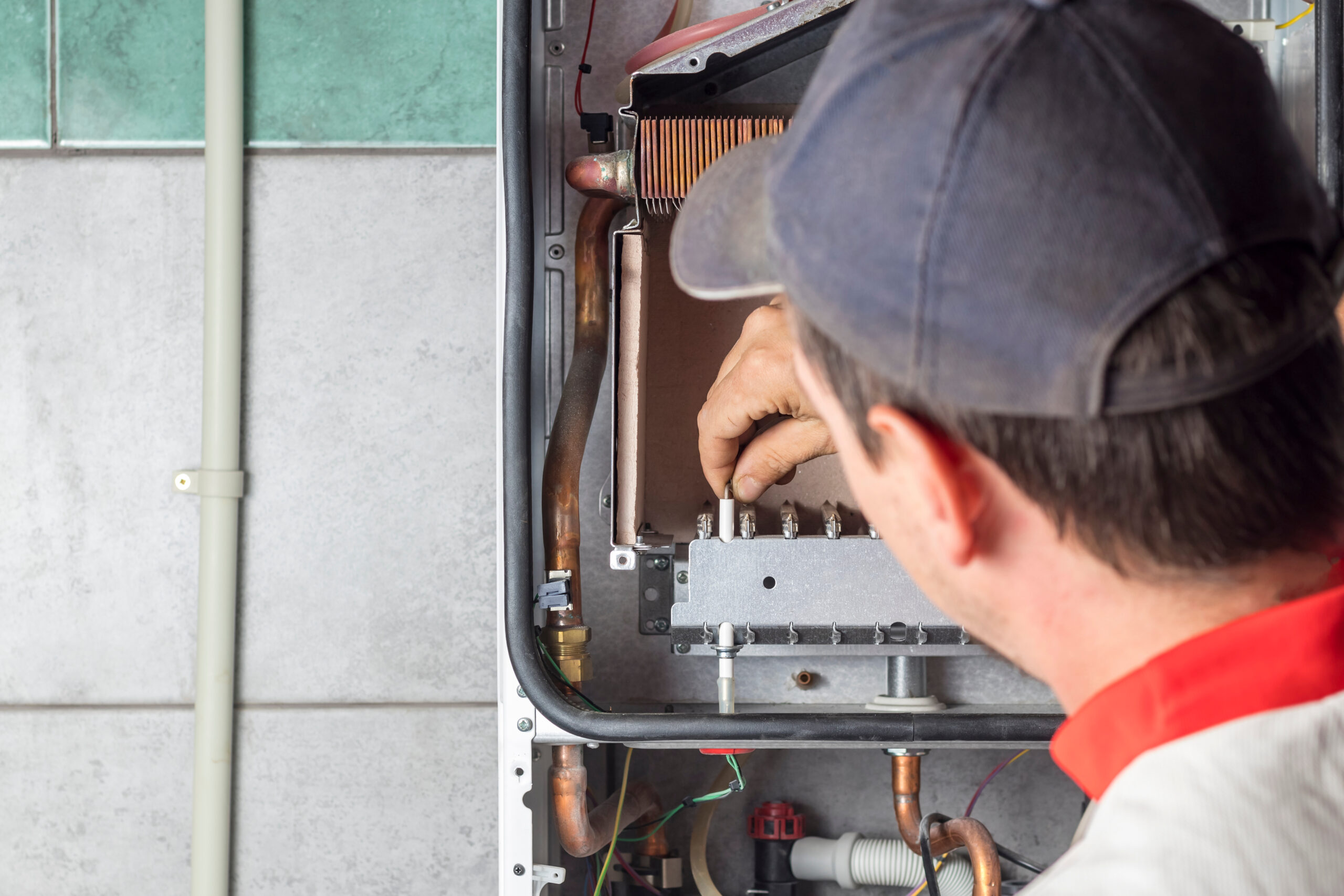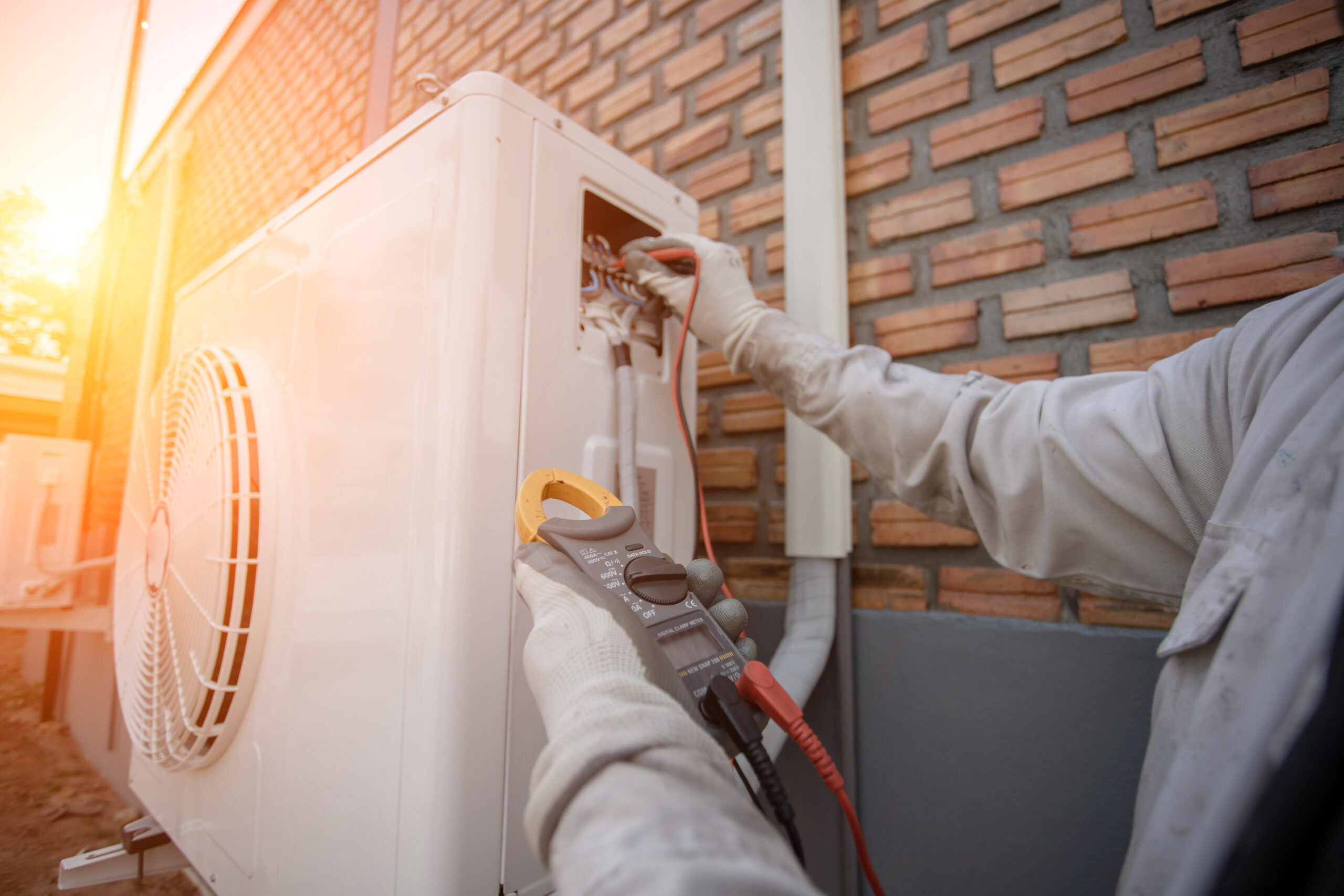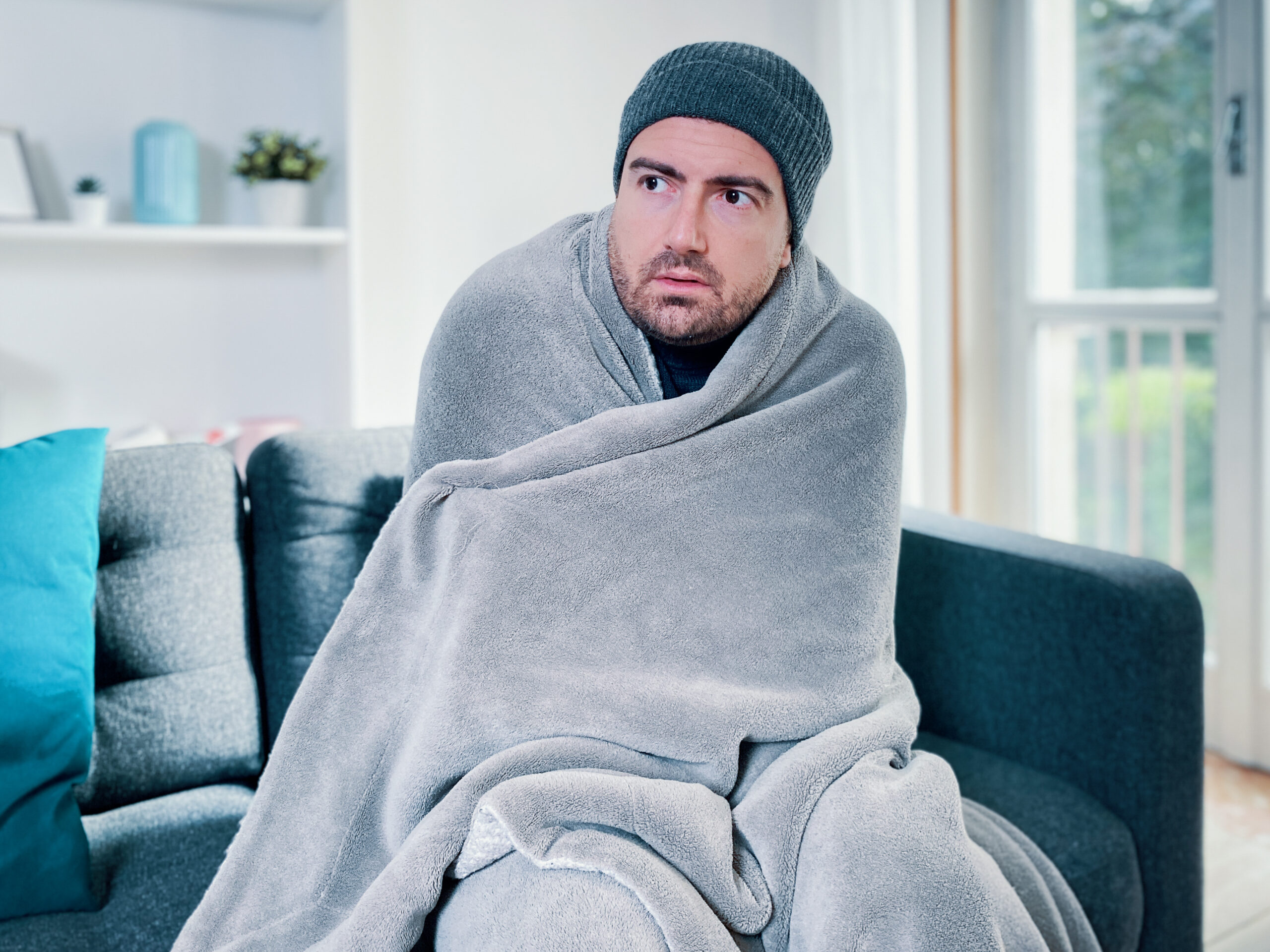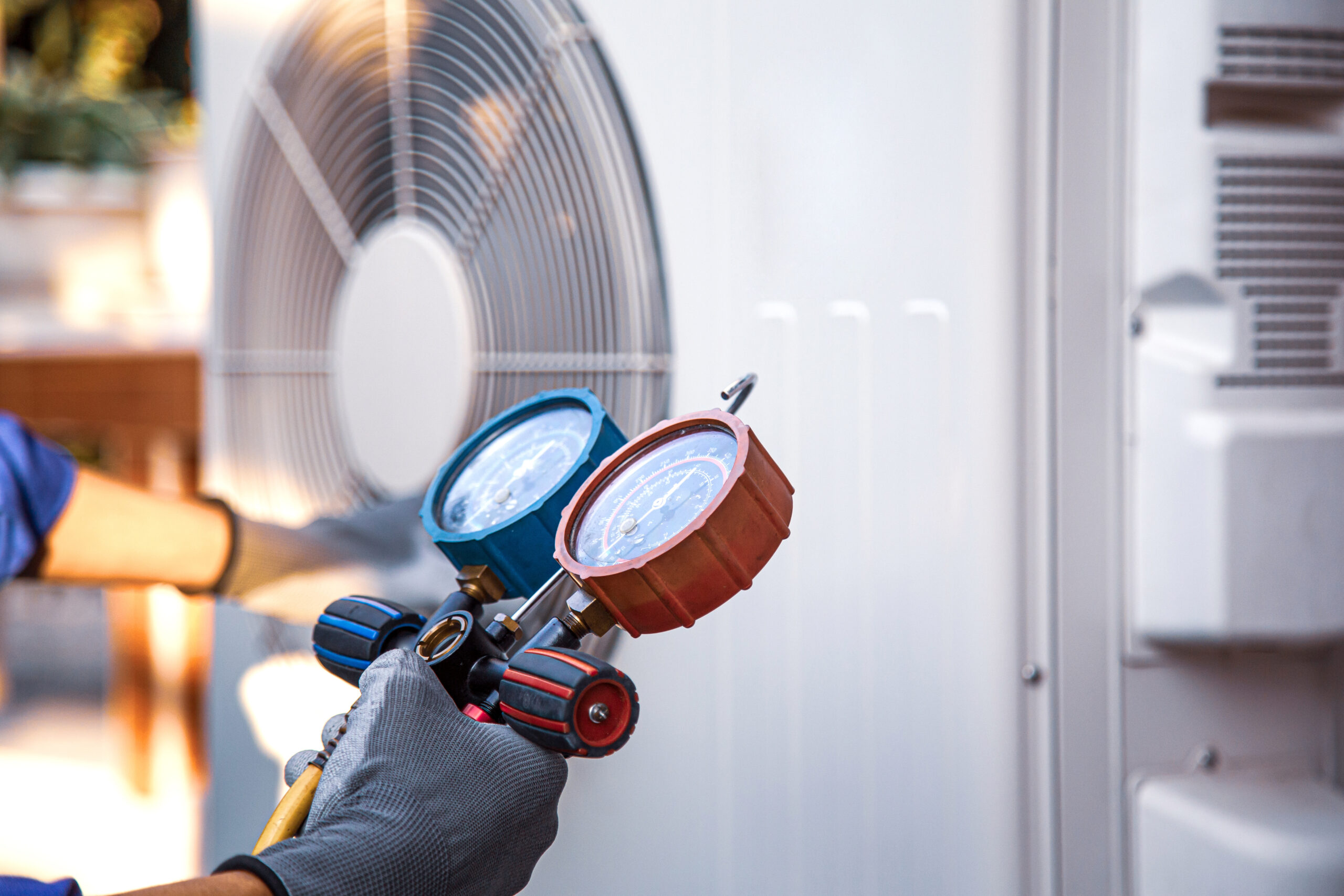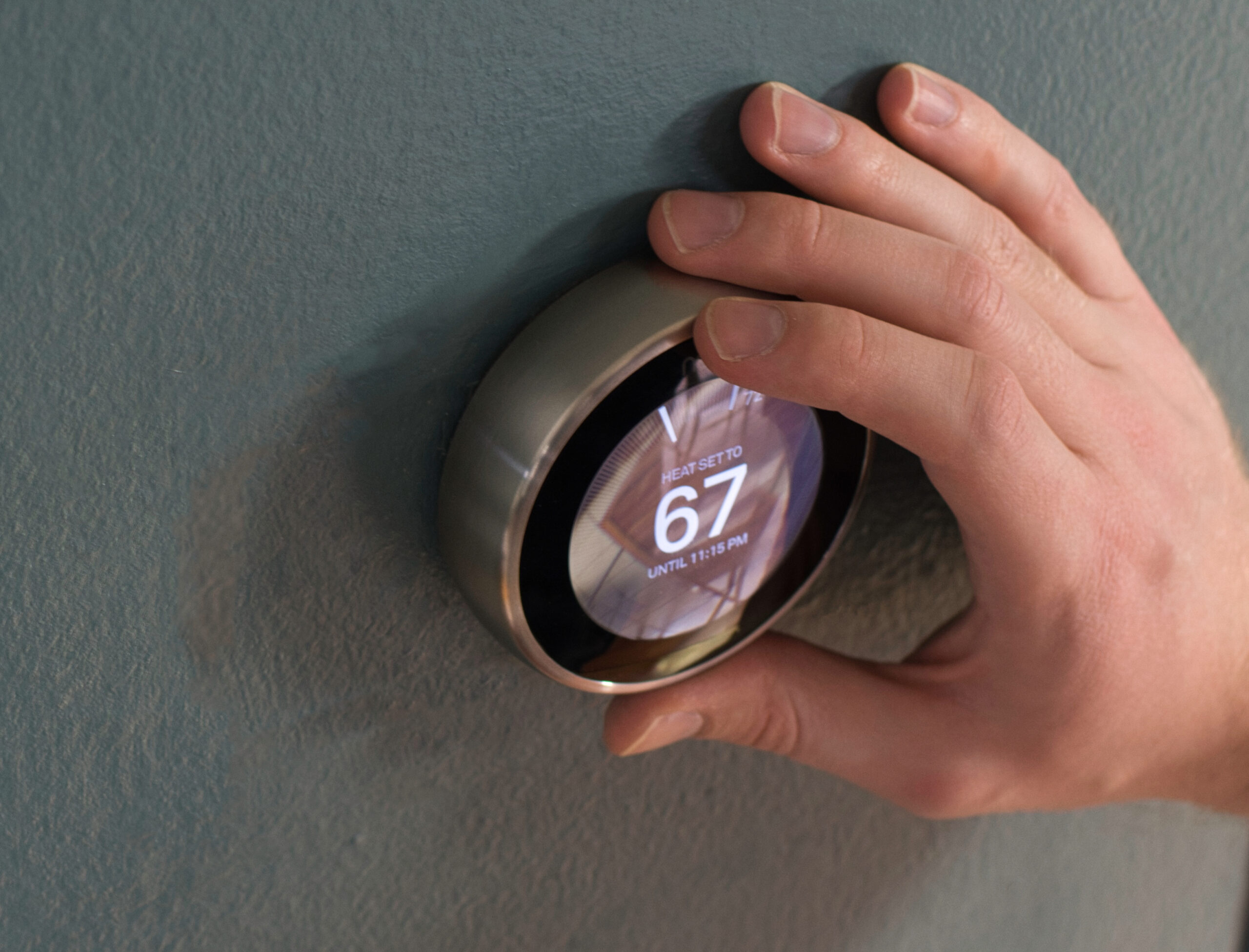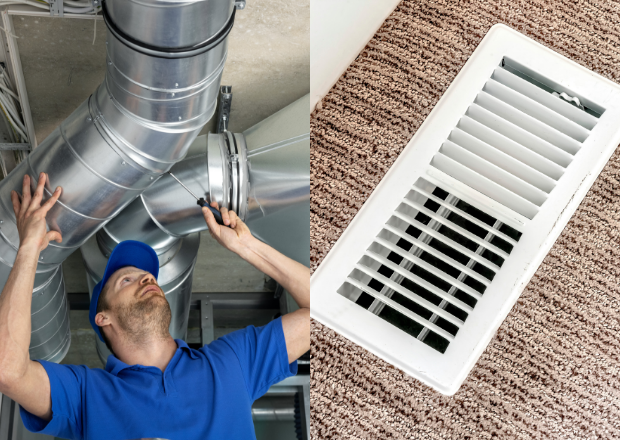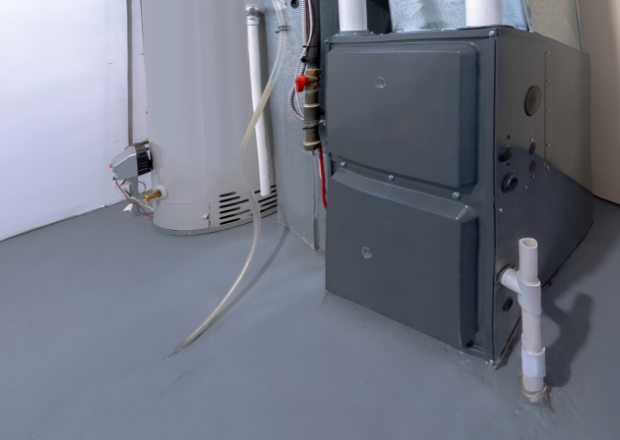A properly functioning thermostat is essential for maintaining a comfortable home, especially in the winter. If your thermostat is set correctly but you still wonder why is my house so cold, there may be a few underlying issues present in your home that need to be addressed. Novak Heating, Cooling and Duct Cleaning explains the common reasons why you may be feeling cold while indoors this season.
Why Is My House So Cold?
Are you finding it hard to maintain your home’s temperature this winter? If you question why is my house so cold even though the thermostat is set properly, here are a few possible explanations for the chill you feel:
Poor Insulation
One of the most common causes of a cold home despite a correctly set thermostat is poor insulation. Insulation plays a crucial role in maintaining a comfortable temperature in your home, as it helps to keep warm air inside during the winter and cool air inside during the summer. If your insulation is insufficient or has become damaged, it can allow warm air to escape, making it difficult to maintain a comfortable temperature in your home.
HVAC System Issues
Another possible cause behind why your house is so is a malfunctioning HVAC system. If your furnace or heat pump is not working properly, it may be unable to heat or cool your home effectively. This can be caused by a variety of issues, such as a dirty or clogged air filter, a broken thermostat, or a malfunctioning blower motor.
Also, the coldness you feel indoors could be caused by a lack of HVAC maintenance. Regular maintenance on your HVAC system, including cleaning and tuning-up, can ensure that your system is working at its best, helping to maintain a comfortable temperature in your home.
Drafts
Drafty windows and doors can also cause your home to not reach the desired temperature. If your windows and doors are not properly sealed, they can allow cold air to enter your home and heated air to escape. Air leaks can make it difficult to maintain a comfortable temperature, even with a correctly set thermostat.
Duct Leaks
Another possible cause of a cold home despite a correctly set thermostat is a ductwork issue. Ductwork is responsible for distributing warm or cool air throughout your home from your heating and cooling systems. If your ductwork is damaged, leaking, or not properly insulated, it can reduce the efficiency of your HVAC system and make it difficult to maintain a comfortable temperature in your home.
Call Novak to Help Fix Your Cold House
A cold house doesn’t have to plague you all season long! The issues causing cold temperatures in your house despite proper thermostat settings can be fixed with a little help from the pros!
At Novak Heating and Cooling, we can provide you with a comprehensive evaluation of your HVAC system and home to determine the cause of a cold home despite a correctly set thermostat. Our team of certified and experienced technicians can diagnose and repair any issues with thermostat, HVAC system, or ductwork. We can also provide regular maintenance to ensure that your HVAC system continues to work at its best. Contact us today to schedule an appointment and learn more about how we can help you maintain a comfortable temperature in your home.



